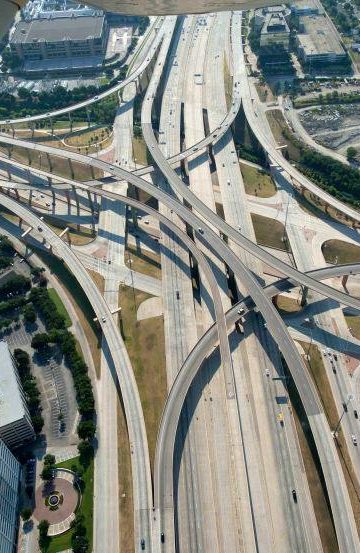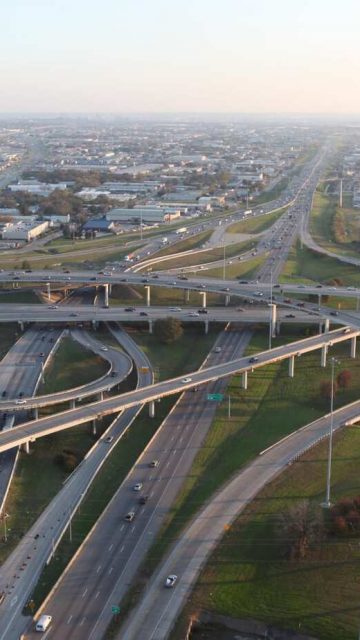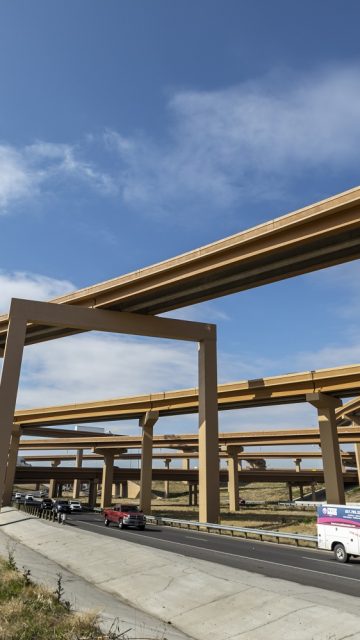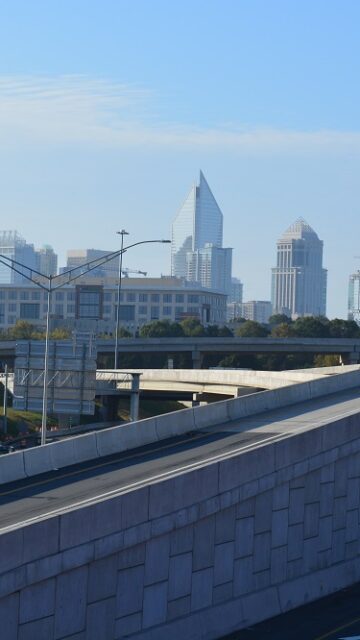Managed Lanes
Innovation to Resolve Urban Congestion
Each project and asset is legally independent and has its own managers.
Innovation to Resolve Urban Congestion
Traffic congestion is one of the major challenges of urban mobility in the present and facing the future.
The concentration of people in cities, new modes of transit that provide nearly universal access to cars and the lack of financing to strengthen transport infrastructure all yield a single result: more traffic jams. We have developed an innovative solution to improve traffic management, Managed Lanes.
The idea seems simple. It consists of adding additional lanes with dynamic tolls (which change in real time based on traffic conditions) to congested urban highways. At the same time, the existing lanes are improved, while staying free and becoming more efficient.
In the United States, this type of solution has become very popular in recent years, as it effectively reduces congestion and is developed using the public-private partnership model (PPP or 3P), which reduces the public expense and incentivizes efficient design and management by the developer.
We are the leader in this emerging sector in this North American country, managing five projects with nearly 1.5 billion euros of capital committed and 8.5 billion euros invested.
In order to resolve the lack of overall investment in infrastructure to meet the needs of a population that is increasingly urban, it becomes necessary to find more funds and to use available funds efficiently. In large, complex projects, as in the case of infrastructure projects, these propositions may be difficult for public administrations to meet.
In order to achieve them, the contributions of innovation and technology are necessary, as is active participation by the private sector through the model (PPP or 3P). This method not only reduces the use of public funds and provides access to new sources of financing, but it is also more efficient than traditional contracting methods.
Projects like Managed Lanes are especially well-suited for development as public-private partnerships. For example, in our projects in Texas, we have been able to reduce the initial investment for the same level of service by 27%. In the case of highway I-66 in the state of Virginia, we have improved the use of additional lanes by 11%, reducing general congestion of the infrastructure.





In the Managed Lanes solution, users may choose whether or not to use the paid lanes at various points along the infrastructure. Furthermore, the prices applied vary depending on the relative speed between the toll lanes and free lanes, traffic makeup, weather and day of the month and week, among other factors. This solution is only possible thanks to the role of technology.
First, Managed Lanes are viable only with the gate-free electronic toll system. Second, during the project’s design phase, it is necessary to characterize traffic with the greatest level of detail and accuracy possible (origins and destination, daily and weekly changes, congestion points, etc.), an analysis that is only possible with big data technologies and the use of external data.
Third, already in operation phase, setting prices in real time requires continuous monitoring of traffic parameters and environmental parameters and processing of these parameters with machine learning algorithms that are able to set the prices dynamically.